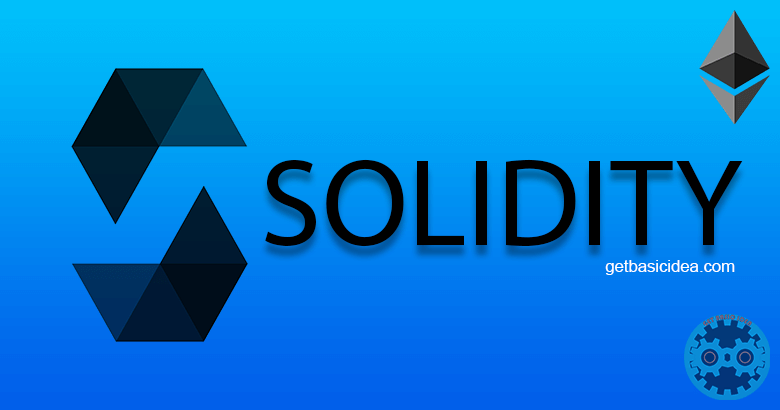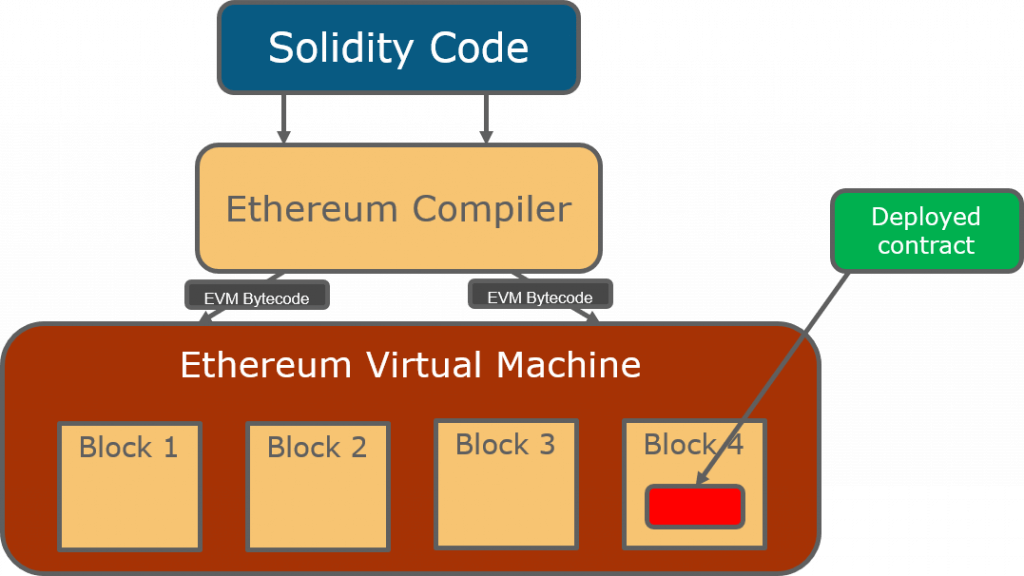If you are a fan of Ethereum Smart Contract, then you should have heard of Solidity already. Solidity is widely used as a high-level programming language that works with Smart Contracts. This is also called a Contract Oriented Programming language.

This language is most likely to match with C++, Python, and JavaScript language. You can say this as a Curly Brace programming language. Even the programmers who are at their beginner level are surely familiar with these programming languages. So, you should get an idea about how user-friendly this language is.
The latest version of Solidity now available is v.0.8.11 version. You should use the most recent version when deploying contracts. Except in unusual circumstances, only the most recent version receives security updates. There are several tutorials available on the internet for those who are interested in blockchain and programming. Even the Ethereum official website offers tutorials for beginners. This article covers the basics of Solidity.
Ethereum Virtual Machine (EVM)
The Ethereum Virtual Machine (EVM) is a program that allows Ethereum smart contracts to function. Its main goal is to ensure the security and execution of untrusted programs by utilizing an international network of public nodes. EVM prevents Denial-of-Service attacks and verifies that the programs do not have entry to each other's state while also establishing communication with minimal interference. You would get a brief understanding of the EVM from the following image.

Basic Programming Techniques
Data Types Used in Solidity
As is every programming language, Solidity also works with various data types. The basic data types which have been identified are integer, Boolean, strings, modifiers, and arrays. If you are a programmer, then you must have already been familiar with these data types. Apart from these data types, there is an "enum" code for mapping, functions and other types of programming codes are there.
Begin programming
Pragmas are instructions to the compiler on how to process the code. Every line of solidity source code starts with a version pragma, which tells the compiler which version to use. This prevents incompatibility with upcoming compiler versions that could introduce modifications.
Another code that is used in solidity is "contract". It declares a new function that encapsulates a particular code. Also, you will be using "function" with the function name. For example, function sum () is a new function with the name sum.
when declaring a variable, you can use "uint public var1". This means the variable name is var1 and it is an integer.
Executing the Code
There are two methods to execute the code. Either you can execute it online, or offline.
To work with offline mode, you need to start a Truffle project to develop and deploy the smart contract. Therefore, you should install Truffle on your PC.
To work with online mode, compile and run Solidity smart contracts, the Remix IDE is generally used. The Remix IDE is usually used to work in online mode.
As Solidity is new to the world yet, they encourage Solidity power users, auditors, security experts, and tooling developers to participate in the Solidity language design process. You can join them with the Solidity forum, and you can give your opinion and participate in their surveys via Twitter.
With the Remix IDE, you can try code samples right in your browser. the Remix is a web-based IDE for writing, deploying, and managing Solidity smart contracts without having to install Solidity. It may contain bugs. When designing smart contracts, you should adhere to established software design practices. Code review, testing, audits, and correctness proofs are part of this process.
Visit the previous article about blockchain programming.
Author of Get Basic Idea – The Knowledge Base / Bachelor of Technology – BTech, Mechatronics, Robotics, and Automation Engineering.
